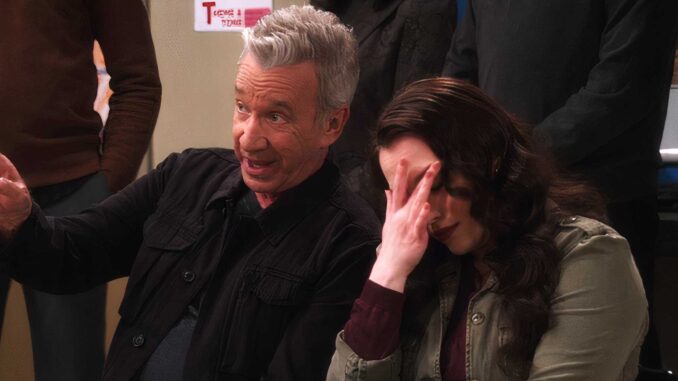
Dancing on the Edge: When ABC Almost Canceled "Dancing with the Stars"
The year is 2005. Reality television is king, but the crown is beginning to feel a little heavy. Singing competitions dominate, and dance shows, once a novelty, are fading into the background noise. ABC, in a desperate bid for relevance, greenlights a project that sounds, frankly, ridiculous: a ballroom dance competition pairing celebrities with professional dancers. "Dancing with the Stars," a title almost as clunky as the concept itself, hangs precariously on the network's schedule, a potential flop waiting to happen. What few knew then was that this show, poised on the brink of cancellation before it even took flight, would not only redefine the ballroom genre but also become a cultural phenomenon that continues to dance its way into American homes almost two decades later. The reason for its near-death experience is, in hindsight, almost unbelievable: a simple formatting decision almost derailed the entire enterprise.
The initial premise was simple: celebrities, ranging from washed-up actors to sports stars with two left feet, would learn ballroom dances and be judged by a panel of experts. The hook was the "celebrity" aspect, the allure of watching recognizable faces stumble and strive in a completely unfamiliar setting. However, the producers, in their eagerness to emphasize the competitive spirit, initially envisioned a format that prioritized pure technique over entertainment value. The early rehearsals focused heavily on meticulous adherence to the rules of each dance, emphasizing precise footwork and perfect posture. The result? A dry, technical showcase that lacked the sparkle and emotional connection needed to captivate a broad audience.
The dress rehearsals were disastrous. The celebrities, overwhelmed by the technical demands, looked uncomfortable and strained. The dances, while technically proficient, felt lifeless and robotic. The studio audience, a crucial component of any successful reality show, was notably unresponsive. Internal memos at ABC painted a grim picture. The show was deemed boring, lacking in personality, and unlikely to resonate with viewers. The network executives, fearing a ratings disaster, began to seriously consider pulling the plug before the show even aired. The knives were being sharpened, the cancellation notice drafted.
The problem, as it turned out, wasn't the concept itself, but the stifling rigidity of the format. The producers were so focused on the "dancing" aspect that they had forgotten the "stars." The celebrities' personalities were being suppressed by the technical demands, their individual quirks and vulnerabilities hidden behind forced smiles and rigid movements. They were robots in sequins, not captivating characters.
A last-minute intervention, fueled by a desperate gamble and a glimmer of hope, saved the show. Someone, likely a lower-level producer with nothing to lose, dared to suggest a radical shift: loosen up the rules. Encourage the celebrities to embrace their imperfections, to let their personalities shine through, even if it meant sacrificing perfect technique. Prioritize entertainment over precision.
The shift was transformative. Suddenly, the celebrities were allowed to be themselves. They joked about their struggles, they laughed at their mistakes, they formed genuine connections with their professional partners. The dances, while perhaps not technically flawless, became infused with emotion, humor, and vulnerability. The audience, starved for authenticity, responded with enthusiasm.
When "Dancing with the Stars" finally premiered, it was a completely different show than the one initially envisioned. It wasn't about perfect steps and flawless execution; it was about the journey, the struggle, the camaraderie, and the joy of self-discovery. The celebrities, freed from the constraints of perfection, were allowed to be human, and the audience connected with them on a deeply emotional level.
The show became a surprise hit, catapulting celebrities like Kelly Monaco and John O'Hurley into renewed fame and solidifying the careers of the professional dancers. "Dancing with the Stars" revitalized the ballroom genre, inspiring countless dance studios and competitions across the country. It proved that sometimes, the best way to achieve success is to embrace imperfection, to let go of control, and to allow the personalities of your stars to shine.
The near-cancellation of "Dancing with the Stars" serves as a powerful reminder that even the most promising concepts can be derailed by a misguided focus on technical perfection. The show's survival is a testament to the power of authenticity, the importance of embracing vulnerability, and the enduring appeal of watching ordinary people achieve extraordinary things. The show that almost never was became a television institution, proving that sometimes, the most unexpected dance steps can lead to the greatest success. And all because someone realized that even the stars need room to breathe, to stumble, and to shine.
